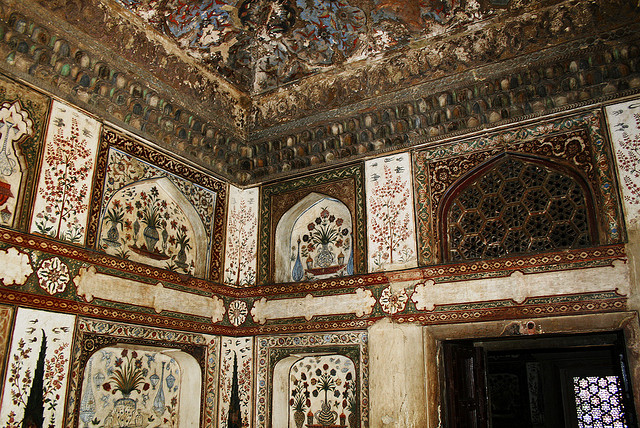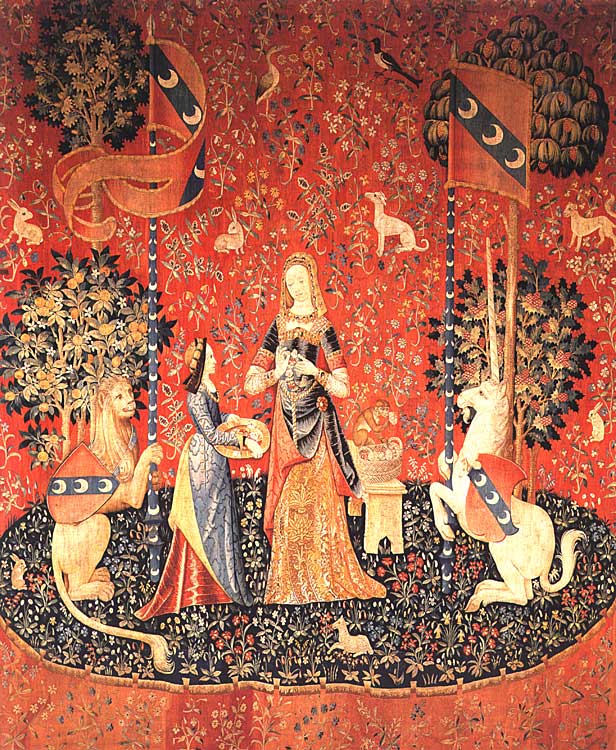
– a review of Neela Vermeire Créations Rahele
In a day and age when mass transportation has made travel to anywhere on Earth not just possible, but attainable, imagination has to fill in the spaces for when travel meant not just adventure and opportunity, but also danger. Most people never left the villages and towns where they were born and raised.
Ships could sink in a storm, caravans could be robbed by thieves, and at every turn, hostile natives or malevolent bugs large and small could lay waiting for the unwary.
Yet human curiosity burned bright and hot enough to send the intrepid Magellan and Sir Francis Drake around the world, caravans traversed the Silk Road from west to east and back again, and everywhere ‘elsewhere’ great discoveries awaited; revolutionary ideas, marvelous merchandise, peoples, faiths and histories without number.
The lucky ones who returned with tales of faraway, fabled places set the European imagination alight with their stories of unimaginable splendor, unfathomable wealth, and ancient, sophisticated civilizations vastly different than their own.
Three fearless Frenchmen, Jean Baptiste Tavernier, a jeweler and merchant, François Bernier, a physician and Jean de Thévenot, a linguist and botanist, all of who lived to return to France and tell their tales, set off at the behest of first Cardinal Richelieu and later Louis XIV himself, to find themselves in that fabled land that fanned the tallest flames and tales of all: India.
Like all true travelers everywhere, their own lives would be forever changed, and they themselves would change others’ lives as well, not least through their published stories of their travels, which were translated into several languages and lit up the imaginations of generations of armchair-traveling Europeans to come. At different times in their lives, the paths of all three men crossed. De Thévenot and Tavernier hoped to travel overland together from Isfahan in Persia to India, and Bernier and Tavernier met in India.
Jean Baptiste Tavernier was the Harry Winston of his day, buying and selling gems as well as Persian and Indian textiles. He became especially famous for bringing home the ‘French Blue’ diamond, a centerpiece of the French crown jewels, before it disappeared in 1791, only to reappear recut in 1830 as the diamond we know today as the Hope diamond.
François Bernier went to India to become first the court physician to Dara Shikoh, the eldest son of Shah Jahan who built the Taj Mahal, and later, to Dara Shikoh’s younger brother and successor Aurangzeb and the Mughal court. In an age where there were very few reliable travelogues to the Orient, his Travels In the Mughal Empire, based in part on accounts of officials at the Mughal court as well as his own first-hand observations, became a European sensation. Bernier also became the first – and for a long time, the only – European to travel to Kashmir.
Jean De Thévenot, an independently wealthy scholar and linguist fluent in Turkish, Arabic and Persian, also published his own travelogues, as well as making considerable contributions to botany through his travels, observations and botanical collections through India in 1667-8.
These three gentlemen and the stories they wrote of their travels became the inspiration for Neela Vermeire’s 2016 release Rahele, the Persian word for ‘traveler’, yet Rahele has a twist in its tale. Here, you’ll find no associations of ‘East-meets-West’ so much as ‘West-meets-East’, with an open mind and an absolutely marvelous sense of wonder.
Often, our associations of the Mughal Empire are somewhat, well, tainted by Victorian-era letters and books, written from that lethally close-minded Victorian (and imperialist) viewpoint, which sadly makes us forget that in Tavernier, Bernier and de Thévenots day in the 17thcentury, attitudes towards other cultures and perhaps Mughal India in particular were very different and far more open. Believe it or not, this expansiveness is very much reflected in Rahele the perfume.
As always, Rahele was created in that flawless pas-de-deux of Neela Vermeire with the perfumer Bertrand Duchaufour. Six peerless perfumes later, it becomes very clear that Neela Vermeire knows precisely how to push the justly celebrated M. Duchaufour’s work higher and farther than it has ever been before. She has never compromised on her creative visions of what she wants her perfumes to embody, always held out for the best and most elevated concept of her exquisitely articulate ideas, and Duchaufour has shown an uncanny and profound understanding of precisely what it takes to get both of them there in essence and absolute.
Rahele – the Traveler – speaks to the adventurer in all of us, even those of us who can’t travel beyond our armchairs. We are all of us on the road to somewhere, but Rahele reminds me of a description of the Tarot trump The Chariot – travel in luxurious circumstances. And such a journey lies ahead …
From its beginnings, Rahele is a chypre born and bred, that most uniquely perfume-y of all perfume families, and in my chypre-biased opinion the most difficult to execute. Rahele opens big, spicy and jungle green, with its unmistakeable Duchaufour cardamom and a grassy violet leaf and green mandarin kick that tells you you’re definitely not anything near the Paris of the seventeenth century.
This is a wonder of a very different order, everywhere apparent in Rahele’s floral heart. Osmanthus takes center stage, but this is not your usual osmanthus of apricot and leather, this is an altogether grander bloom. This is an osmanthus veiled, kholed and bejeweled with its intimations of rose, violet, jasmine and a lemon velvet magnolia to tame osmanthus’ fruity sweetness and make it stay the course.
Some long time later, well before osmanthus has overstayed its welcome, a deep, silken cloud of cedar and sandalwood – if not Mysore, which it could be, then some alchemical sleight of hand that achieves the precise same effect, with glove leather and sotto voce whispers of patchouli and oakmoss.
I’m reminded of a pivotal moment in another context, when I realized that the inlaid flowers of the Taj Mahal are made of precious stones set in white marble, and the world was never quite the same again. Rahele has that same effect; its flowers embroidered in liquid to bloom forevermore.
The overall effect is the perfume equivalent of the embroidered muslin pantaloons worn by the ladies of the Mughal court; sophisticated, beautiful, as opulent as silk brocade yet as transparent as gauze.
Like all Vermeires, it lasts a surprisingly long time – I get at least 8+ hours, but Rahele’s sillage wears close to the skin after the first hour or so, and will not overwhelm either your own nose or your surroundings.
I found myself dreaming often about those three Frenchman wearing Rahele. Thinking of what it must have been like to experience that jaw-dropping awe in the face of the Mughal reality, when suddenly, the world – or rather, their understanding of what ‘the world’ encompassed – grew and grew like some revelatory Rajasthani sunrise, broader and far richer in all senses of the word than anything they ever knew in the Sun King’s realm.
Call Rahele the color of wonder. And call yourself lucky to exist in a world where such marvels may still be discovered.
Notes: Green mandarin, cardamom, cinnamon, violet leaf, osmanthus, rose, magnolia, jasmine, iris, violet, cedar, sandalwood, oakmoss, patchouli, leather
Disclosure: A sample was kindly provided for review by Neela Vermeire. For which I thank her from the bottom of my heart. My opinions are my own, and no posts on the Alembicated Genie are ever sponsored.
Neela Vermeire Créations Rahele is available as an eau de parfum at Luckyscent, First in Fragrance and directly from Neela Vermeire Crèations.







